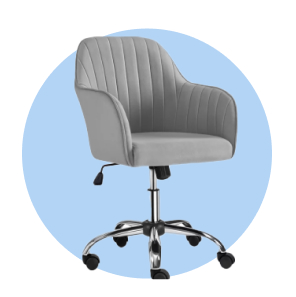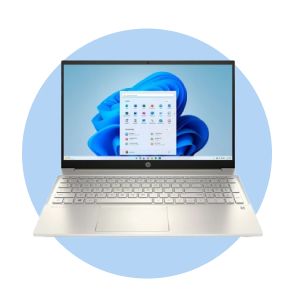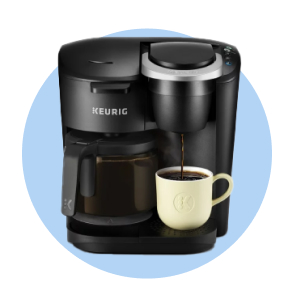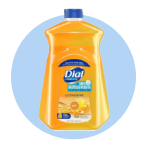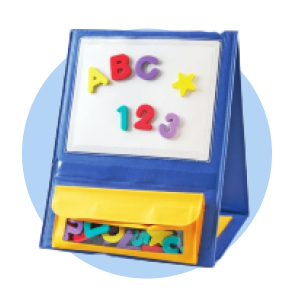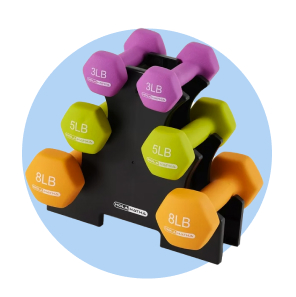
Ready, Set, Retail: Insider Knowledge for Your Brick & Mortar Launch
Set yourself up for a grand opening
If you’ve decided to open a new retail location, you probably have a lot on your mind. There are contracts to sign, locations to visit, deals to strike up and people to interview. It may even be easy to lose sight of why you went after this new store in the first place.
We understand that you have many things competing for your attention right now. That’s why we’ve prepared this handy guide to help you through some common concerns for any brick-and-mortar retail launch.

Find the perfect location
You know the old saying—when it comes to real estate, all that matters is location, location, location. The same is true for your store, and there’s more to choosing a prime spot than simply looking at the price (although that matters, too!).
If you haven’t already, start by creating a customer persona. This is a fictional representation of your ideal customer based on market research and any insights you may already have about the business. Then step into the shoes of that persona. Where do they work and where do they spend their free time? Knowing that, where could you put your new location to best fit into their life?
Here are four common types of retail locations to consider for your business:
Main Street: Setting up shop in the heart of downtown can attract more foot traffic and establish yourself as part of the community. However, rent tends to be high and parking may be difficult.
Strip malls: These suburban standbys typically offer good parking and visibility from the road. However, they don’t tend to attract much foot traffic, and you can’t always choose your neighbors.
Shopping malls: These enclosed spaces come with their own parking and other amenities, as well as the potential for great foot traffic. However, you will have to work to stand out from all the other stores and follow mall regulations.
Inside major stores: You may be able to capitalize on the presence and customer base of larger stores with a special leasing arrangement. With the right combination of offerings, it can be a great deal for both businesses.

Choose the ideal store layout
Once you’ve picked your location, it’s time to decide how to fill it out. Your choice of store layout isn’t just an aesthetic choice (we’ll talk about those more in a minute). Layout can have a big impact on how shoppers navigate your retail space, where they spend the most time and even how much they decide to load into their cart.
With all that in mind, here are four common types of store layout and why they may or may not work for your location:
Grid: If you want to fit the most possible product in your space, the typical grid layout may be a good fit. Grocery stores and pharmacies tend to use this layout. However, it’s essential to group products intelligently to make sure customers can find what they need.
Straight: One primary aisle sends traffic through the length of your store, with the registers at the back. This is great for smaller spaces that want to include as much merchandise as possible. This layout is easy to implement and easy to follow for customers, but visitors may miss some of your offerings to either side.
Loop: By arranging your floorplan into a large loop around your retail space, you can encourage customers to see everything you offer. However, it requires a large location and may be frustrating for shoppers who are only looking for a handful of specifics.
Free-flow/angular: These layouts use aesthetic choices—like angled tables and prominent displays—to direct customers through a space. They’re great for smaller locations that want to encourage browsing but are more difficult to use if you have a large variety of products.
Decorate for success
Brick-and-mortar customers don’t just want to come in, find their item and leave. They want to have a great experience they couldn’t get on their phone or laptop. Engaging decorations, fixtures and lighting can encourage customers to spend more time (and money!) in your store.
It isn’t all just about good vibes. Color psychology is a proven science. If you apply the right shades in the right places you can encourage shoppers to remember your brand, feel more welcome in their shopping experience and even want to purchase more items.
Some essential elements, such as easy-to-read signage and electronic screens, can serve a useful function while reinforcing your aesthetic. It can be worth spending a little extra time and money to get these details right before you open.
Market early & often
It’s easy to put off creating the marketing for your new location. There’s no point in telling people about your store until the doors are actually open, right? Wrong! The modern retail environment is way too competitive to wait.
The good news is that marketing doesn’t have to be a full-time job in and of itself. You just have to figure out what’s going to connect with the people you want to walk through your door (customer personas come in handy again here) and use that to focus your efforts. For instance, though social media is a central part of many businesses’ marketing strategies, you may be able to forge stronger connections more reliably through email or MMS.
Scale your growth with Walmart Business
A growing retail business needs all kinds of things to succeed. You already have the drive, expertise and elbow grease covered. Let Walmart Business help out with the supplies you need to keep things running smoothly.
When you sign up for Walmart Business, you’ll unlock free, fast shipping on orders of $35 or more.1 You’ll also get access to Spend Analytics to help you track what you purchase and budget for the future. Want even more support for your growing business? Become a Walmart Business+ member and you’ll unlock 2% back in Walmart Business Rewards on orders of $250 or more.2
You can even lease space at Walmart and open your business inside the world’s #1 retailer.
1 Excludes most Marketplace items, freight and certain location surcharges.
2 Rewards can only be used toward future purchases on Walmart Business. Additional terms apply.
Exciting news awaits
Hear firsthand about new products, features & promotions.
By clicking submit, you agree to receive emails about Walmart Business and acknowledge you have read and agreed to our Terms of use and Privacy Policy.




